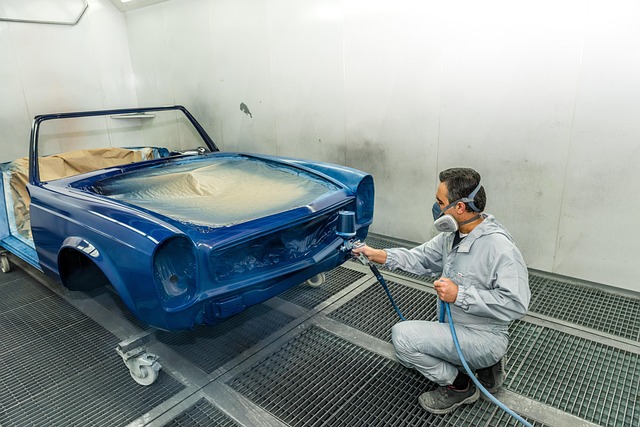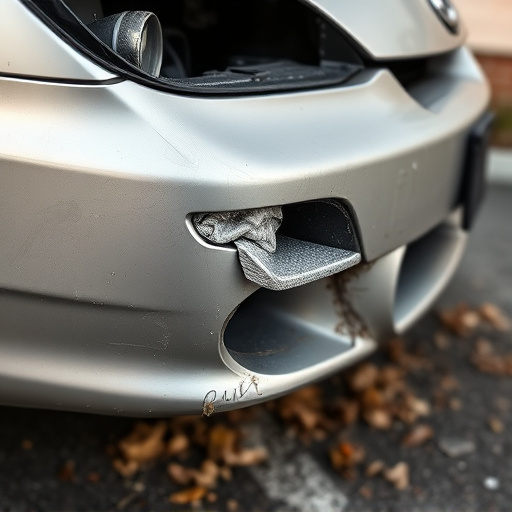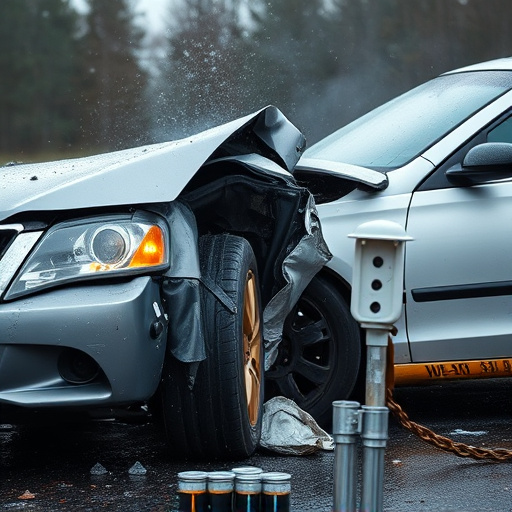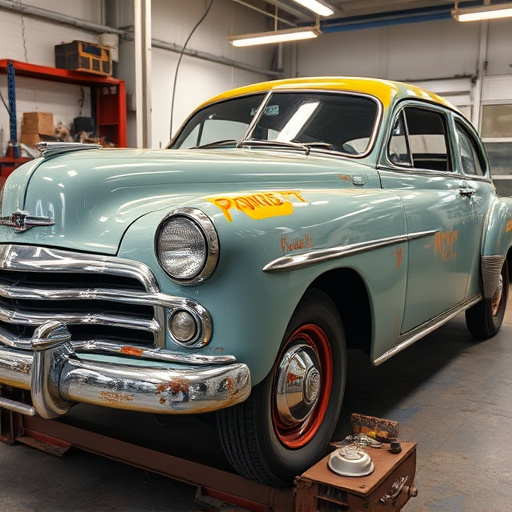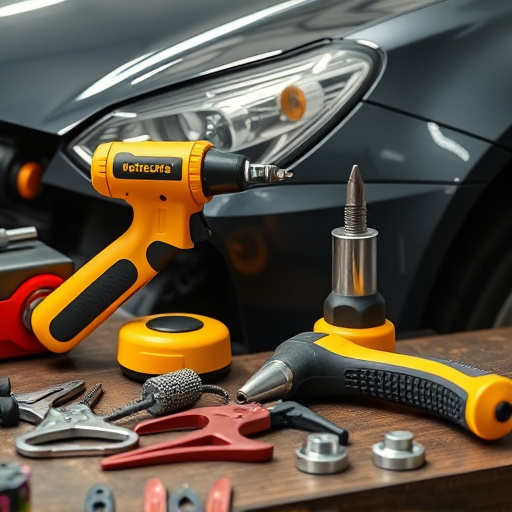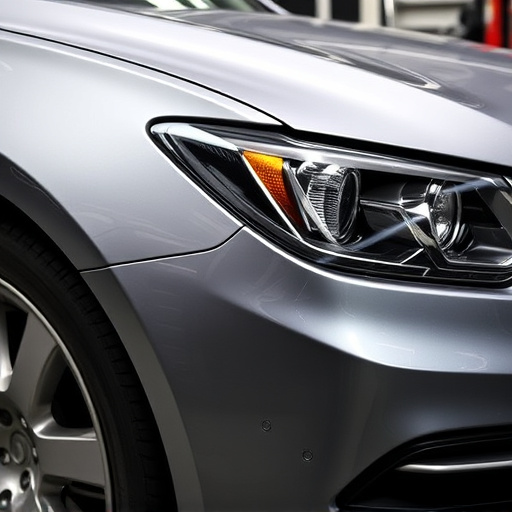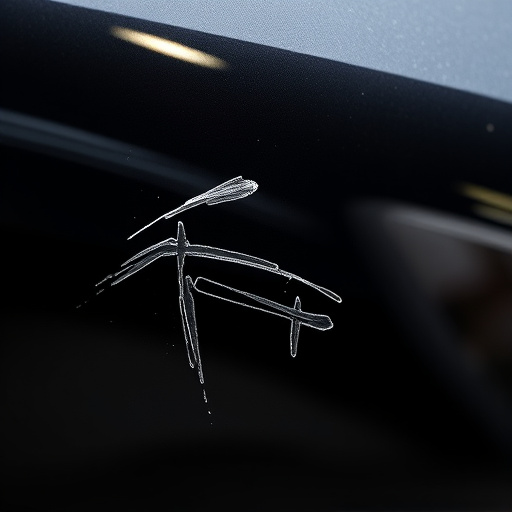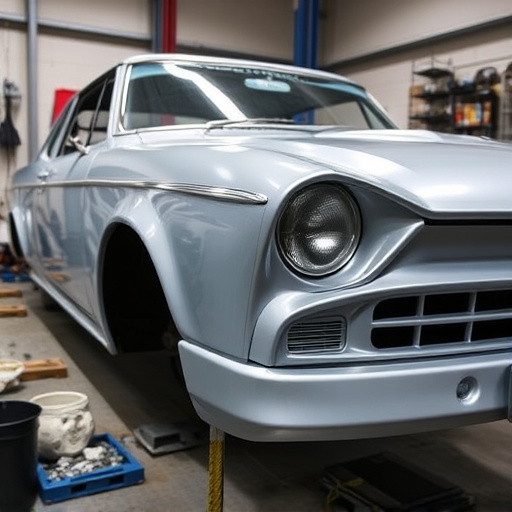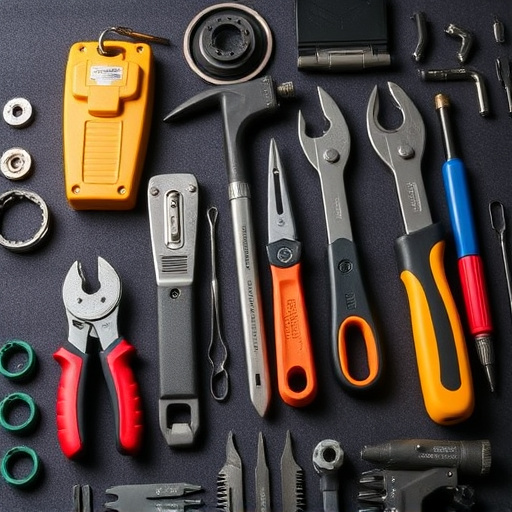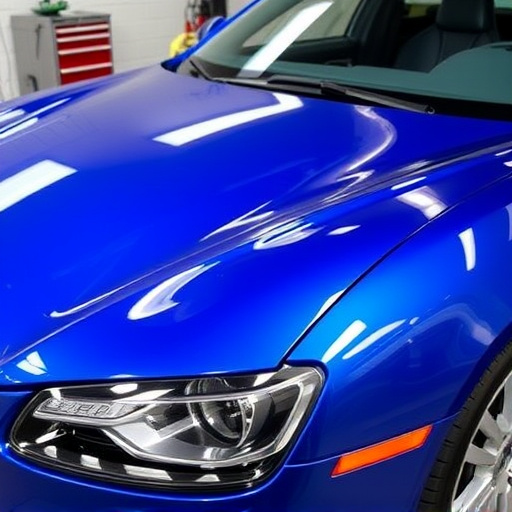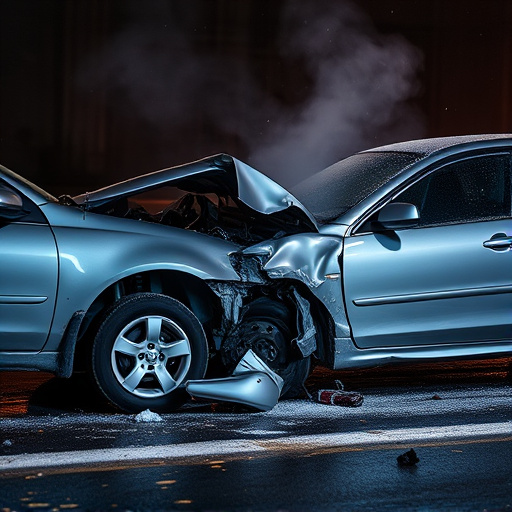The Tesla Model S relies on well-maintained front end components for optimal safety performance, with the bumper acting as a crucial impact absorber. Advanced safety systems depend on sensors and cameras in the front end. Timely repairs are essential to preserve safety ratings and technology functionality. Specialized services offer expert body shop repairs to restore aesthetics and critical safety features, addressing common issues like damage to bumpers, fenders, and headlights caused by accidents or wear and tear. Prompt repair ensures optimal safety standards and a seamless driving experience for the Tesla Model S.
Tesla Model S owners often face the challenge of repairing their vehicle’s front end, a process crucial for maintaining safety features. This comprehensive guide delves into the intricate components of the Tesla Model S front end, highlighting key safety features and their functions. We’ll walk you through common issues, from cracked fenders to malfunctioning sensors, and provide a step-by-step repair process to restore your vehicle’s safety standards. Learn how to effectively tackle these repairs, ensuring your Tesla Model S remains a safe and reliable ride on the road.
- Understanding Tesla Model S Front End Components: A Breakdown of Key Safety Features
- Diagnosing the Issue: Common Front End Problems and Their Impact on Safety
- Step-by-Step Guide to Effective Tesla Model S Front End Repair: Restoring Functionality and Safety Standards
Understanding Tesla Model S Front End Components: A Breakdown of Key Safety Features

The Tesla Model S, an iconic electric vehicle, boasts a sleek and modern design, but like any car, it requires periodic front end repairs to maintain its safety features. The front end of this luxury sedan is comprised of several critical components, each playing a vital role in enhancing driver and passenger safety. Among these, the bumper stands out as a key structural element, not only defining the vehicle’s front profile but also absorbing impact during collisions, preventing damage to more delicate parts.
Beyond the bumper, the Model S features advanced safety systems such as forward-collision warning, automatic emergency braking, and lane-keeping assist—all integrated into its sophisticated hardware and software architecture. These systems rely on sensors and cameras positioned across the front end to monitor surroundings, detect potential hazards, and respond accordingly. Timely repairs, especially for issues like bumper damage or sensor malfunctions, are crucial to ensuring these safety features function optimally, thereby preserving the vehicle’s overall safety ratings and performance. Car repair services specializing in Tesla Model S front end repair understand this intricate interplay of components, offering expert body shop services to restore not just the aesthetics but also the critical safety functionalities of this advanced automotive technology.
Diagnosing the Issue: Common Front End Problems and Their Impact on Safety

Diagnosing issues with the front end of a Tesla Model S is crucial for maintaining optimal safety features. Common problems include damage to the bumper, fenders, and headlights, which can be caused by accidents, debris on the road, or simple wear and tear. Such damages not only affect the vehicle’s aesthetic appeal but also compromise its advanced driver-assistance systems (ADAS) and collision avoidance mechanisms.
For instance, a cracked or misaligned front bumper might disrupt sensors crucial for adaptive cruise control and lane keeping assist. Similarly, damaged headlights can impair the function of automatic high beams, reducing visibility during nighttime driving. Promptly addressing these issues through specialized Tesla Model S front end repair services is essential to ensure the car restoration to its original safety standards and maintain a seamless driving experience.
Step-by-Step Guide to Effective Tesla Model S Front End Repair: Restoring Functionality and Safety Standards
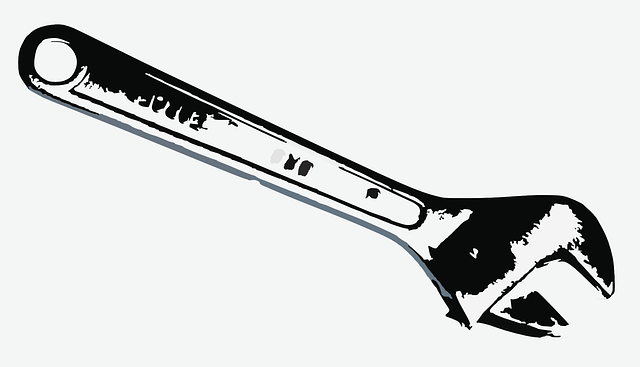
Restoring the safety features of your Tesla Model S after a front-end collision requires a meticulous approach. Here’s a step-by-step guide to ensure effective repair and get your vehicle back to its peak performance. Begin by assessing the damage, which often involves cracked or shattered auto glass repair and dented body panels. For the Tesla Model S front end repair, it’s crucial to replace any damaged components to maintain optimal safety standards.
Next, disassemble the affected areas carefully, taking note of how each part connects. This is particularly important for complex systems like sensors and cameras. Proceed with replacing or repairing individual components, ensuring they are correctly calibrated and aligned. Focus on precision during the installation process, as even slight misalignments can compromise safety features. Remember, a successful auto glass repair and overall front end restoration means your Tesla Model S will be as safe and reliable as new, ready to navigate the roads with confidence.
Restoring the safety features of a Tesla Model S through proficient front end repair is both feasible and crucial. By understanding the intricate components and following a systematic approach, as outlined in this guide, owners can effectively tackle common issues. This ensures not only optimal performance but also maintains the vehicle’s advanced safety standards, providing peace of mind on the road. For any Tesla Model S owner facing front end problems, these steps serve as a reliable framework for successful repair and enhanced driving experience.

